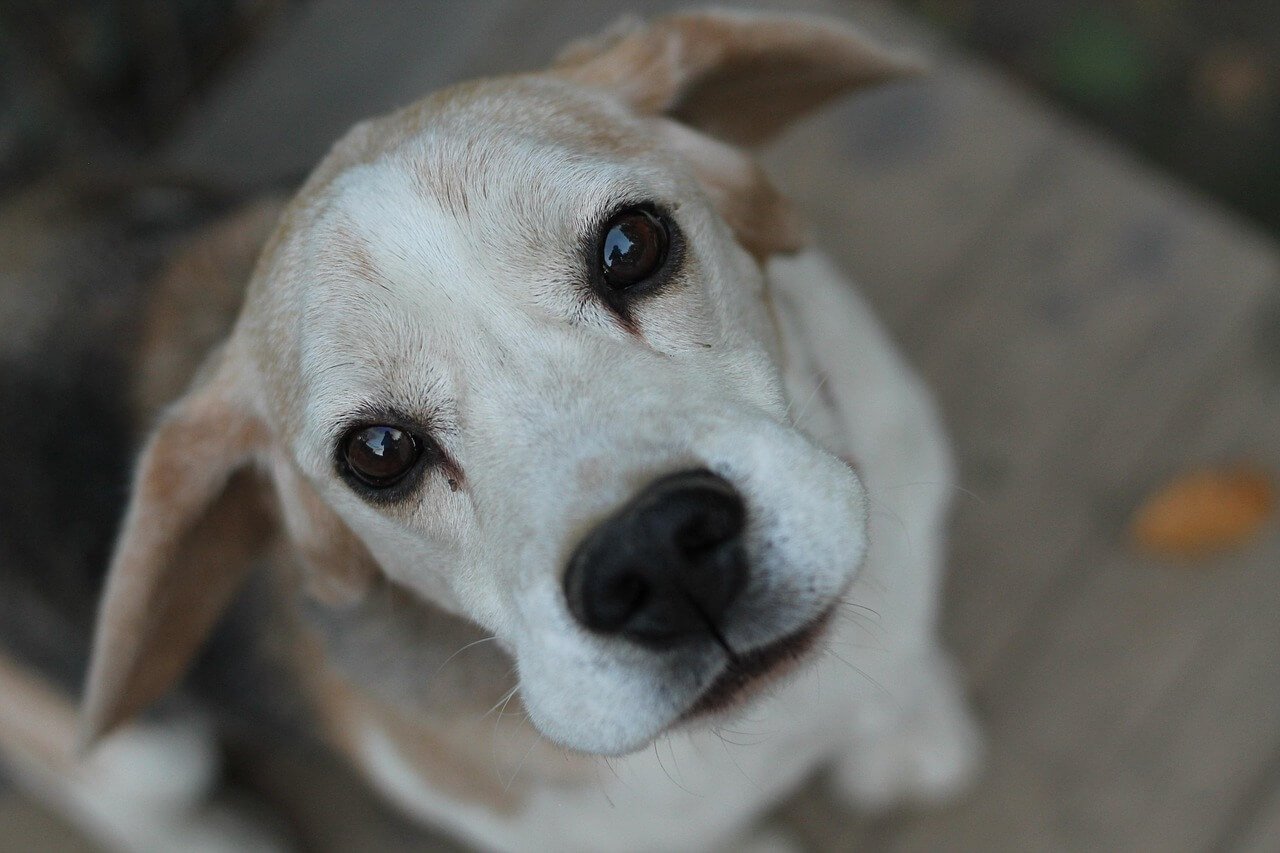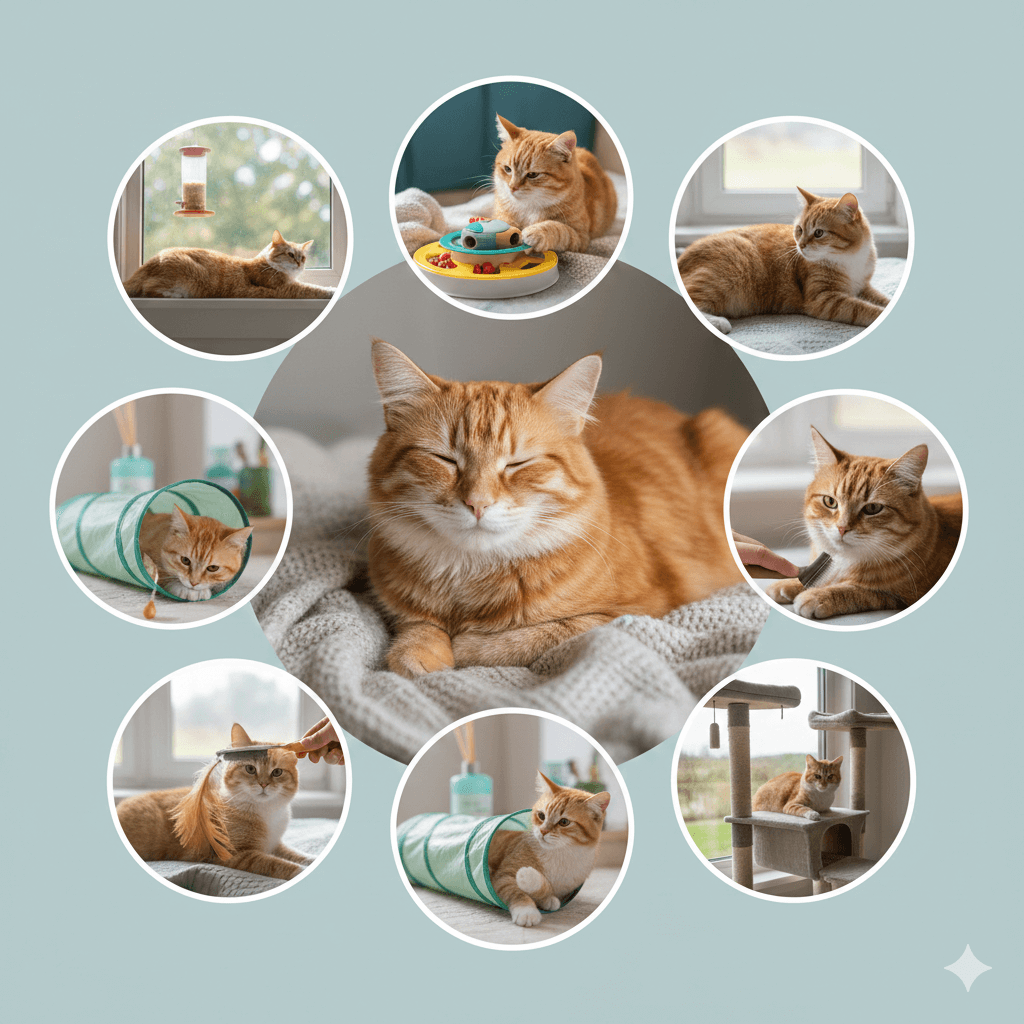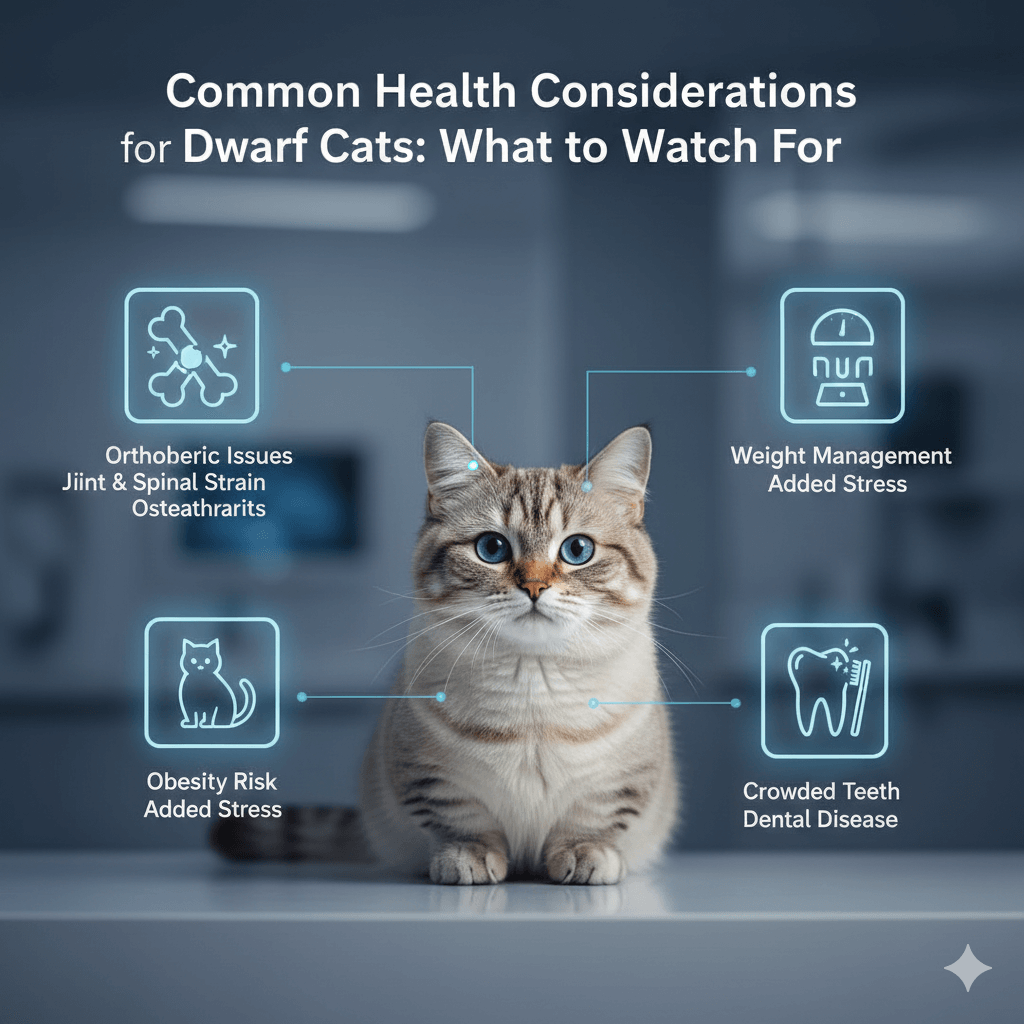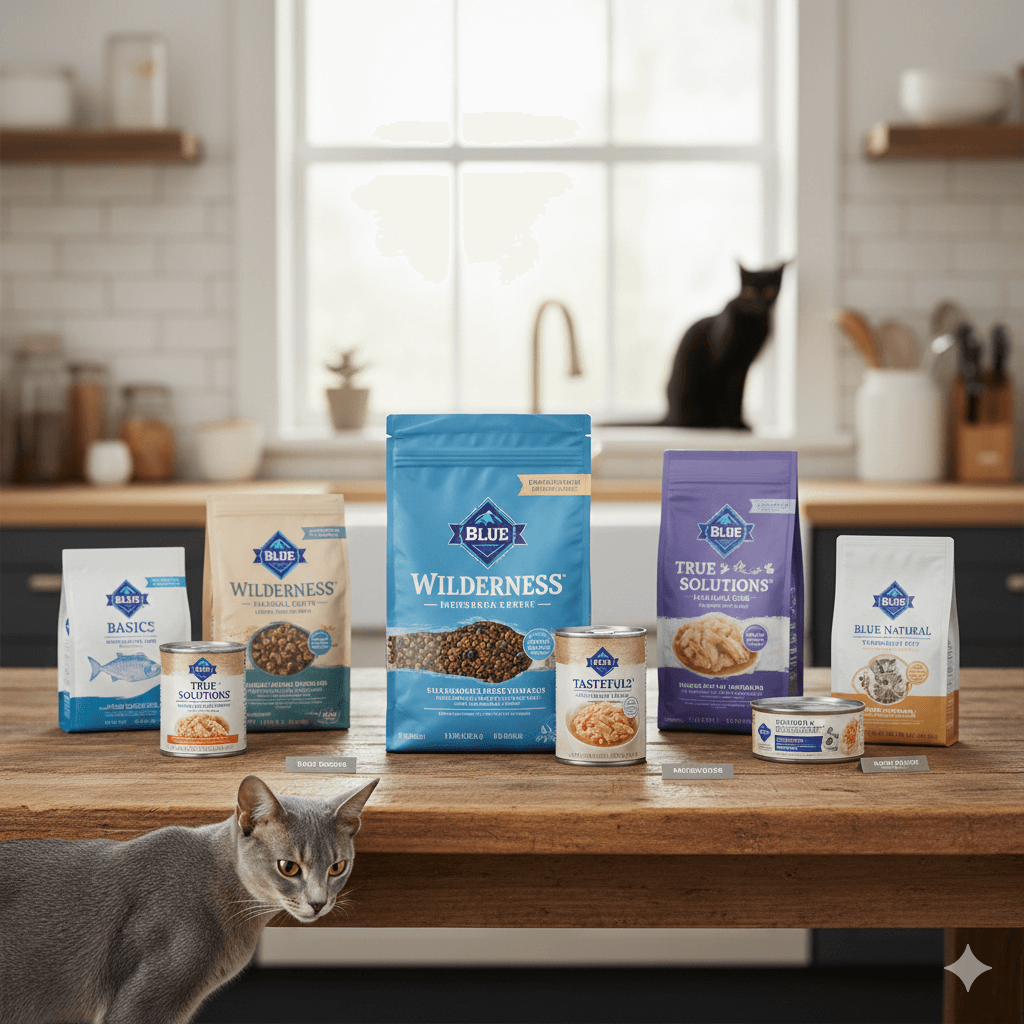Why Does My Dog Lick My Knees? Decoding This Quirky Behavior
If you’ve ever wondered why your dog insists on licking your knees, you’re not alone. This peculiar behavior is surprisingly common among dogs and can leave owners scratching their heads—or laughing at the sheer randomness of it. While it may seem odd, there are several reasons why your dog might be drawn to this specific part of your body. From affection and curiosity to instinctual habits or even health-related signals, understanding why your dog licks your knees can provide valuable insights into their emotions and needs.
In this blog post, we’ll explore the possible explanations behind this behavior, how to interpret it, and what you can do if you’d like to encourage—or discourage—it. By the end, you’ll have a clearer picture of what’s going through your pup’s mind when they target your knees.
Common Reasons Why Dogs Lick Knees
Dogs communicate through actions, and licking is one of their most expressive behaviors. When your dog licks your knees, they could be trying to convey a variety of messages. Here are some common reasons for this quirky habit:
Affection and Bonding: Licking is a natural way for dogs to show love and strengthen their connection with you.
Salt Attraction: The salty taste of sweat on your skin can be irresistible to dogs, especially if they’re fond of salty flavors.
Curiosity About Scents: Your knees may carry unique scents from lotions, perfumes, or environmental factors that intrigue your dog.
Comfort-Seeking Behavior: Licking can be a self-soothing activity for dogs, providing them with a sense of calm.
Attention-Seeking Tactic: If your dog has learned that licking gets a reaction from you, they may use it as a way to gain attention.
Understanding these motivations can help you respond appropriately and address any underlying needs. Whether it’s a sign of love or simply a curious habit, your dog’s knee-licking behavior often reflects their emotional state.
How to Interpret Your Dog’s Body Language
While licking knees is just one behavior, observing your dog’s overall body language can provide additional context. Dogs rarely act in isolation, so combining their licking habits with other cues can clarify their intentions. Here’s how to interpret their signals:
Wagging Tail: A wagging tail suggests happiness or excitement, indicating your dog is expressing affection while licking.
Relaxed Posture: If your dog appears calm and loose, they’re likely engaging in the behavior out of comfort or curiosity.
Wide Eyes or Alert Ears: These signs indicate heightened focus, possibly due to an interesting scent or texture on your knees.
Restless Movements: If your dog seems anxious or fidgety, they may be seeking reassurance or trying to alleviate stress.
Excessive Drooling: Excessive drooling during licking could signal overstimulation or even a medical issue like nausea.
By paying attention to these subtle cues, you can better understand whether your dog’s knee-licking is playful, comforting, or something that requires further investigation.
Check this guide 👉Why Does My Dog Lick My Face in the Morning? Best 7 Tips!
Check this guide 👉Why Does My Dog Lick Their Paws at Night? Best 7 Tips!
Check this guide 👉Why Does My Dog Lick the Air When I Pet Him? Best 7 Tips!
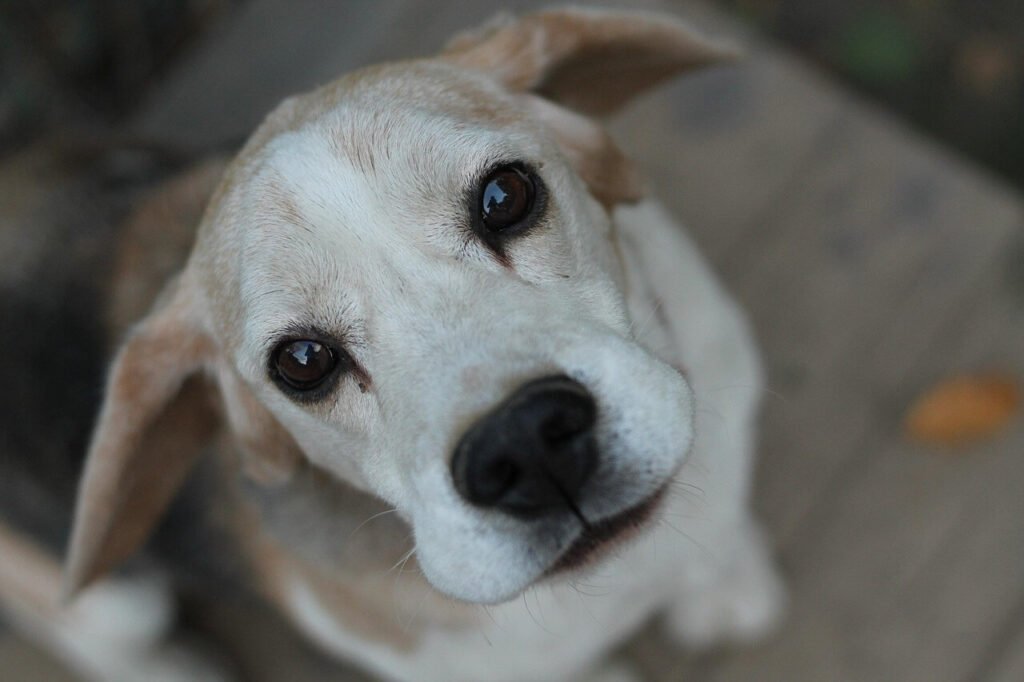
Possible Reasons for Knee Licking | What It Might Indicate |
|---|---|
Affection | Strengthening the bond with you |
Salt Attraction | Interest in the taste of sweat |
Curiosity About Scents | Investigating unique smells on your skin |
Comfort-Seeking Behavior | Self-soothing or stress relief |
Attention-Seeking | Desiring interaction or playtime |
Tips for Managing or Redirecting Knee-Licking Behavior
If your dog’s knee-licking becomes excessive or bothersome, there are ways to manage or redirect the behavior without discouraging their natural instincts. Here are some practical tips:
Offer Alternatives: Provide chew toys or lick mats to satisfy your dog’s urge to lick in a more appropriate way.
Reward Calm Behavior: Use treats or praise to reinforce moments when your dog refrains from licking.
Set Boundaries: Gently move away or say “no” firmly but calmly if the licking becomes too persistent.
Increase Exercise: A tired dog is less likely to engage in repetitive behaviors, so ensure they get enough physical activity.
Address Underlying Issues: If the behavior stems from anxiety or boredom, consult a trainer or vet for tailored solutions.
With consistency and patience, you can guide your dog toward healthier habits while still honoring their natural tendencies. Balance is key to fostering a harmonious relationship.
When to Be Concerned About Knee Licking
While knee licking is generally harmless, there are instances where it could indicate a deeper issue that warrants attention. Recognizing warning signs ensures your dog stays healthy and happy. Here’s what to look out for:
Obsessive Licking: If your dog licks excessively or compulsively, it could signal anxiety, stress, or a neurological condition.
Skin Irritation: Redness, swelling, or irritation on your knees after licking might suggest allergies or sensitivity issues.
Changes in Behavior: Sudden increases in licking frequency could reflect pain, illness, or discomfort in your dog.
Aggressive Reactions: If your dog growls or snaps when you try to stop the licking, it may indicate territorial or possessive behavior.
Unusual Smell or Discharge: Strong odors or unusual substances on your skin could attract your dog’s attention and require cleaning.
If you notice any of these red flags, consult a veterinarian to rule out medical or behavioral concerns. Addressing the root cause early prevents bigger problems down the line.
Benefits of Allowing Some Licking
While excessive licking can be problematic, allowing your dog to lick occasionally has its benefits. This natural behavior fosters connection and provides insight into their emotional state. Here’s why occasional licking can be positive:
Strengthens Bond: Licking is a primal way for dogs to express trust and affection toward their humans.
Boosts Oxytocin Levels: Both you and your dog experience a surge of “feel-good” hormones during close interactions.
Encourages Communication: Licking helps dogs convey emotions like happiness, curiosity, or need for attention.
Provides Mental Stimulation: Engaging in licking satisfies your dog’s natural instincts and keeps them mentally sharp.
Builds Confidence: Allowing controlled licking shows your dog that their actions are accepted and appreciated.
By embracing this behavior in moderation, you nurture a deeper connection with your pup while respecting their innate drives.
Fun Ways to Redirect Licking Behavior
If you’d like to channel your dog’s licking energy into something productive, there are plenty of creative options. Redirection not only manages the behavior but also enriches your dog’s daily routine. Here are some fun ideas:
Introduce Chew Toys: Durable chew toys keep your dog occupied and satisfy their urge to lick or gnaw.
Use Lick Mats: Spread peanut butter or yogurt on a lick mat to entertain your dog while promoting calmness.
Teach Tricks: Train your dog to perform tricks like “shake” or “high five” as a distraction from licking.
Play Fetch: Burn off excess energy with active games like fetch, reducing the likelihood of obsessive licking.
Offer Frozen Treats: Freeze broth or pumpkin puree in molds for a refreshing, lick-worthy snack.
These activities not only redirect licking but also enhance your dog’s physical and mental well-being. Get creative and find what excites your pup the most!
Signs Your Dog Feels Secure Around You
A dog that feels secure and loved is more likely to display affectionate behaviors like licking. Here are signs that your dog trusts and adores you:
Following You Everywhere: Your dog shadows you around the house, seeking constant companionship.
Leaning Against You: Physical closeness demonstrates trust and reliance on you for comfort.
Relaxed Facial Expression: Soft eyes and a loose mouth indicate your dog feels safe in your presence.
Bringing You Toys: Offering toys is a sign of bonding and a desire to share experiences with you.
Sleeping Near You: Curling up beside you during naps or bedtime shows deep attachment and security.
Recognizing these signs reassures you that your dog views you as their safe haven. Building this foundation of trust ensures a lifetime of love and loyalty.
Frequently Asked Questions About Dogs Licking Knees
Why does my dog only lick my knees and not other parts of my body?
Your knees may have a distinct scent, taste, or texture that appeals to your dog more than other areas.
Is it normal for dogs to lick sweaty skin?
Yes, many dogs are attracted to the salty taste of sweat, which is why they often target areas like knees or hands.
Should I stop my dog from licking me?
It depends—if the behavior isn’t harmful or excessive, it’s usually fine. However, set boundaries if it becomes disruptive.
Can knee licking be a sign of separation anxiety?
Yes, some dogs lick as a form of self-soothing when feeling anxious or stressed.
What should I do if my dog’s licking bothers me?
Redirect the behavior by offering toys or treats, and gently discourage licking with verbal cues.
In Conclusion: Understanding and Embracing Your Dog’s Quirks
Why does my dog lick my knees? The answer often lies in their unique personality, preferences, and instincts. Whether it’s a gesture of affection, a response to an intriguing scent, or simply a quirky habit, this behavior highlights the special bond you share with your furry companion. By observing their body language, addressing any concerns, and setting gentle boundaries, you can ensure that both you and your dog enjoy a balanced and fulfilling relationship. So the next time your pup gives your knees a little extra attention, take it as a reminder of the unconditional love and curiosity they bring into your life. After all, it’s these small, quirky moments that make owning a dog such a joy.
Cat Anxiety Treatment: Best 7 Expert Tips! Discover proven ways to calm stressed cats, recognize signs of anxiety, and create a peaceful home environment today.
Is Royal Canin Good Cat Food? Best 7 Expert Tips! Learn the truth about this brand & get vet-approved advice on feeding, ingredients, and tailored formulas.
Dwarf Cat Lifespan: Best 7 Expert Tips! Discover how to ensure a long, healthy, and happy life for your short-legged feline companion.
Blue Buffalo Cat Food: Best 7 Expert Tips! Discover how to choose the right formula, feeding strategies, and nutritional benefits for your feline friend.

